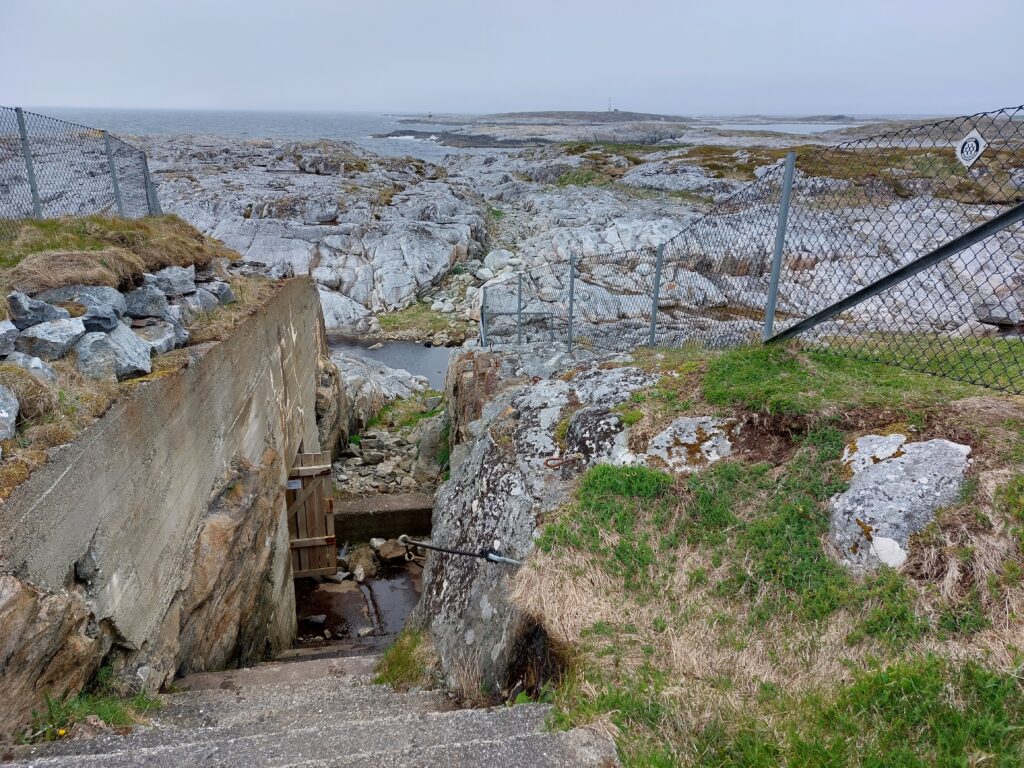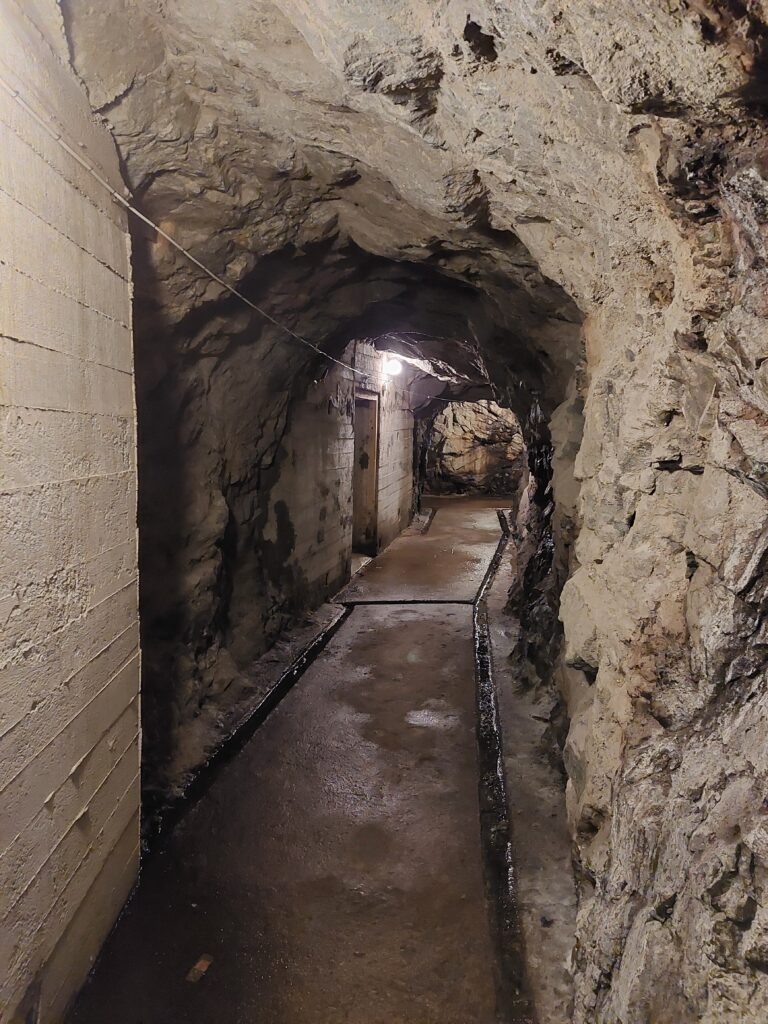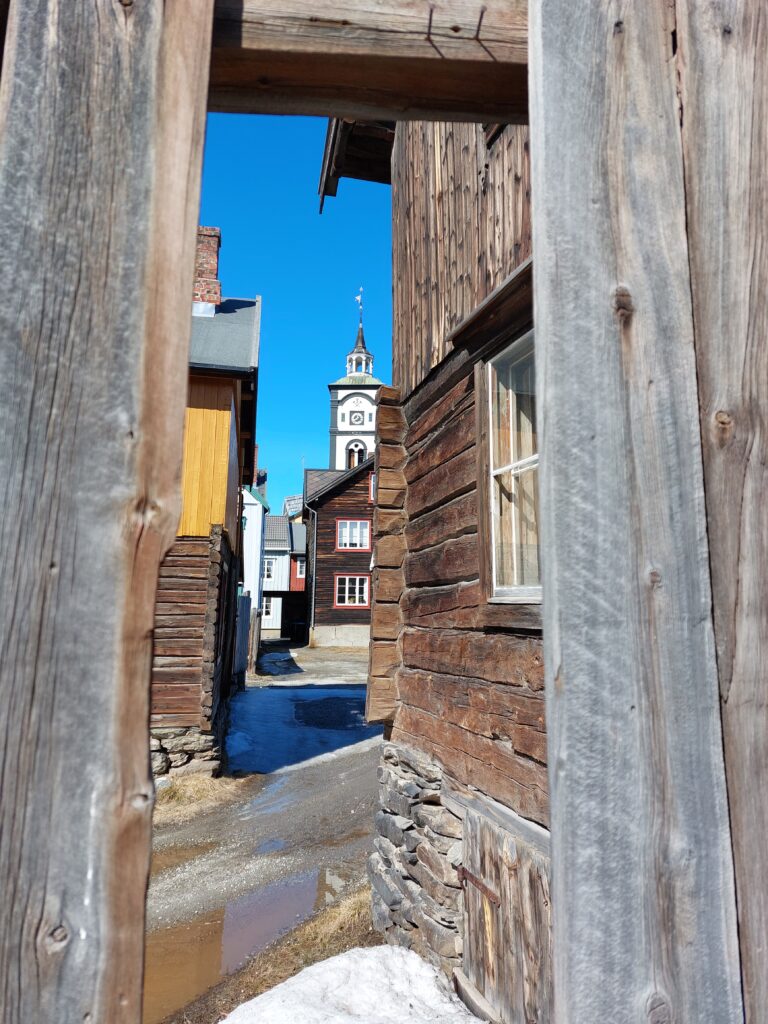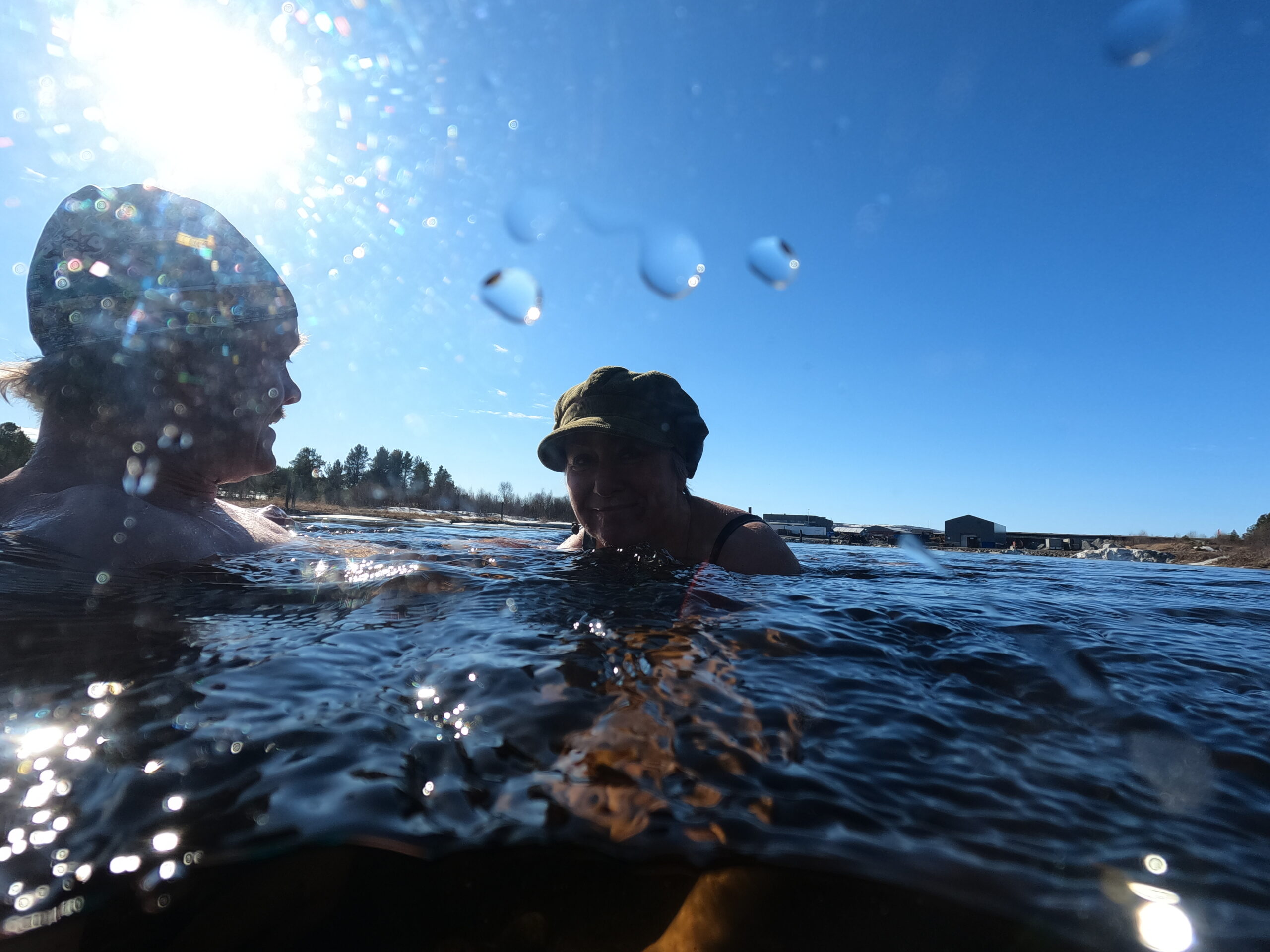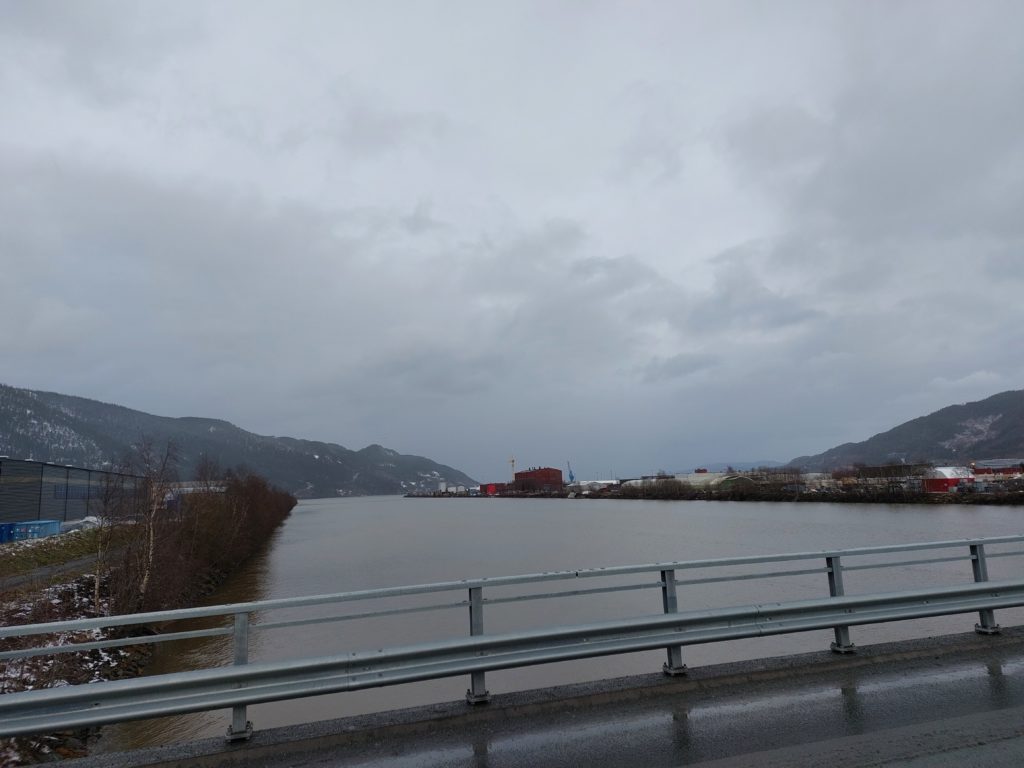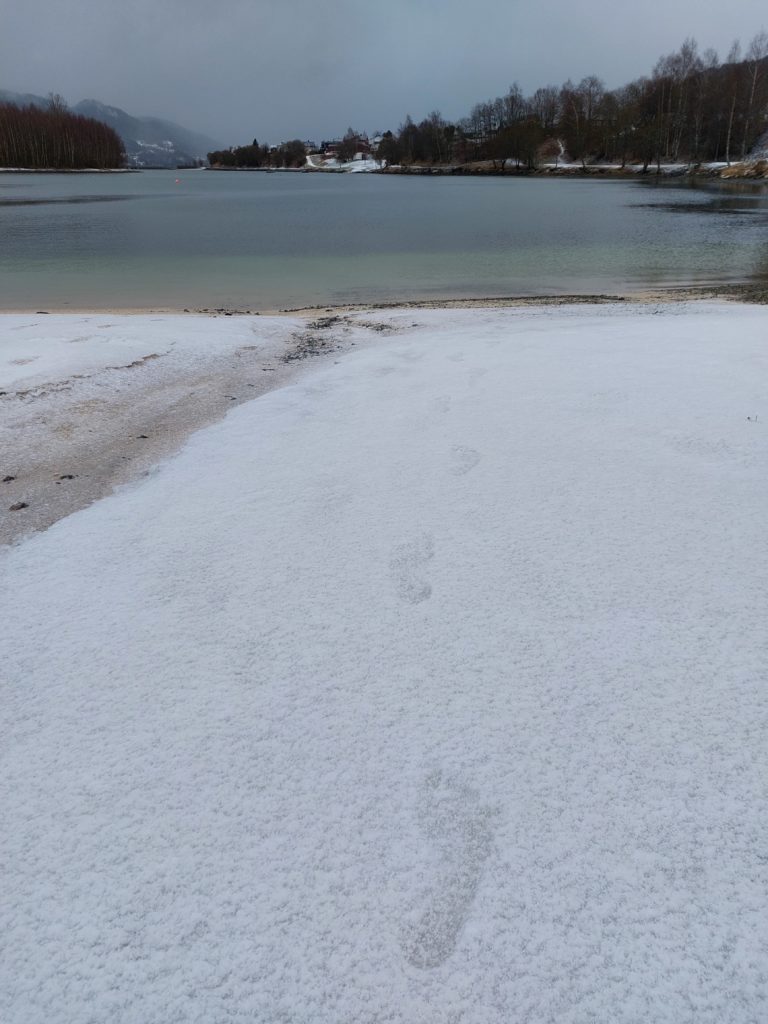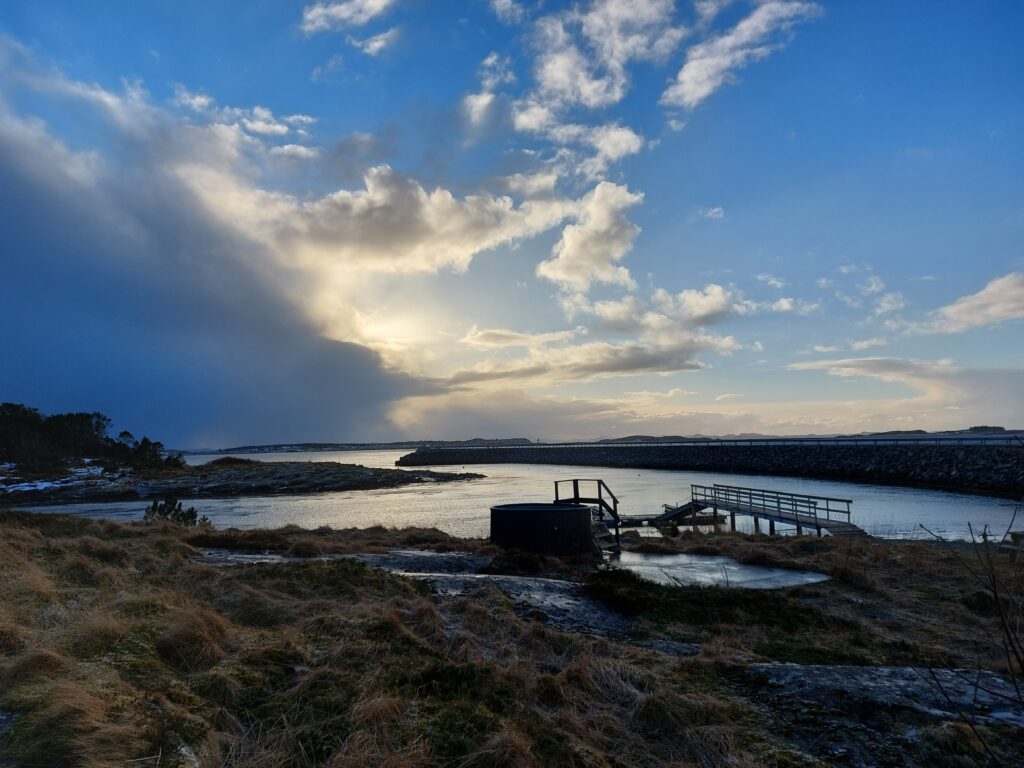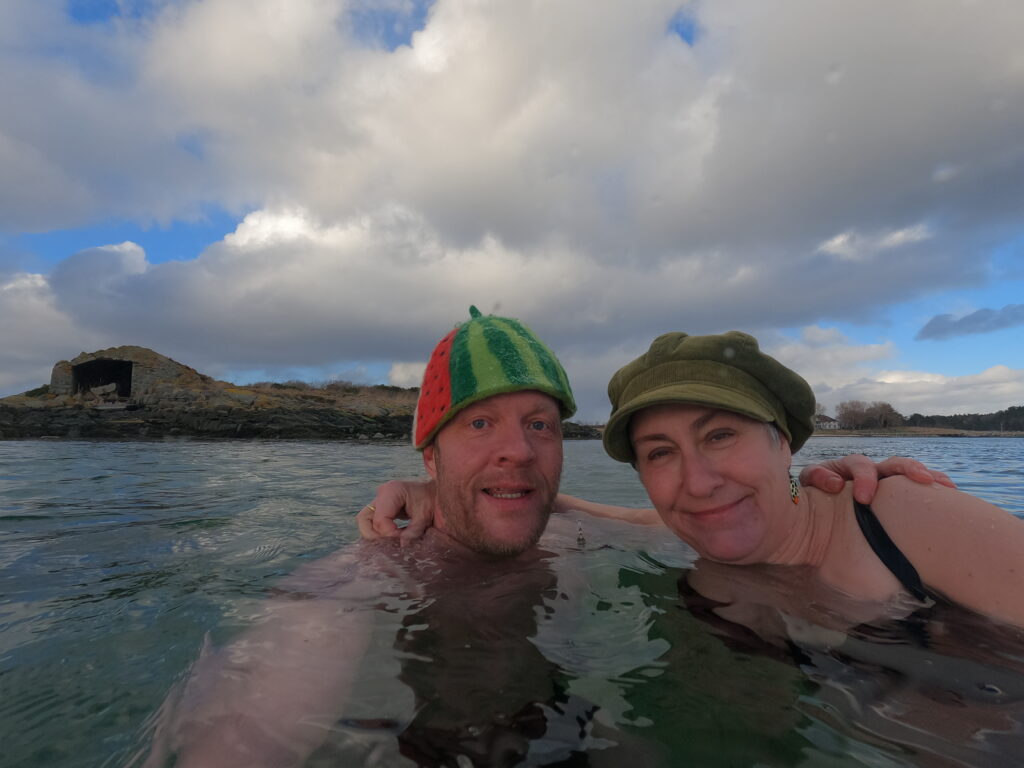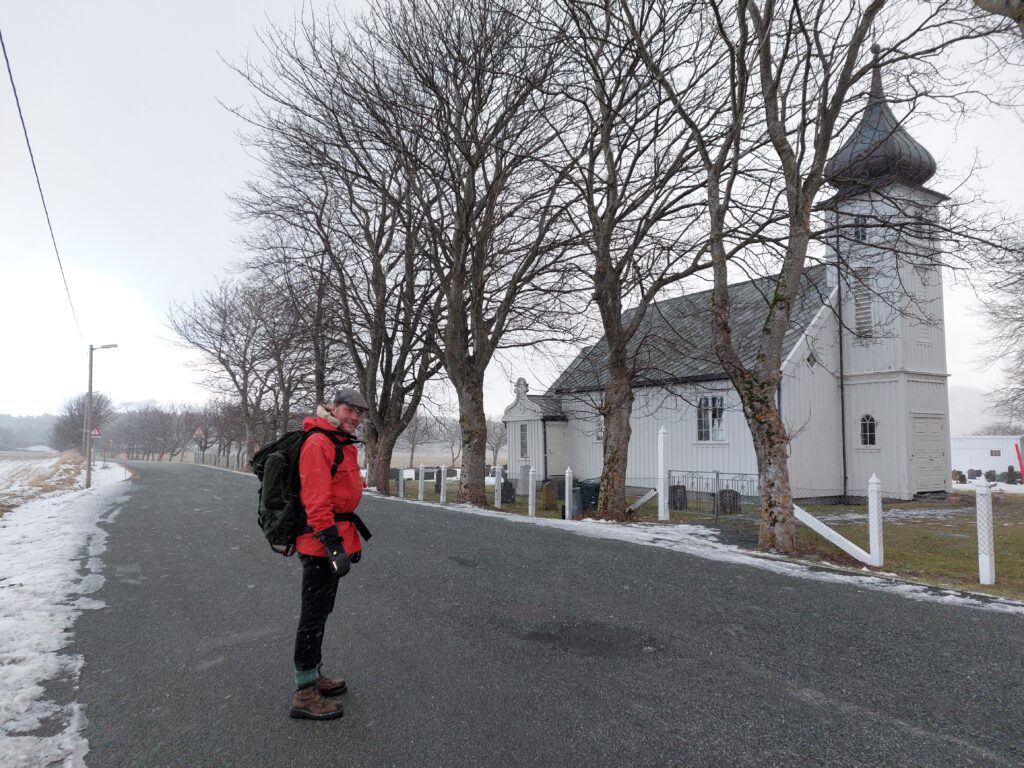On October 13th 1899, the port of Titran was full of fishing boats. Lots of herring had arrived, and fishermen from all of Mid-Norway hoped to make good money. This was at a turning point between the old and the new times. There were many traditional fishing boats built for sails and oars, but also some larger ships with steam engines.

Many were those who had a bad feeling before they left for sea. Friday the 13th made them feel insecure, in addition to a falling barometer pressure. But the desire for profit, how to handle that? Nobody wanted to stay ashore and watch the other fishermen go to sea and collect boatloads of the ‘silver of the sea’. By six o’clock in the afternoon, most of the fishing teams had placed the nets in the sea. Years later quite a lot of the survivors said that they had seen a warning, a ‘Merman’ who got up from the sea and looked towards them, but they did not take notice of it.

At about two o’clock after midnight, the fishing fleet was attacked by a storm. A survivor, from one of the steamships, later told that he was thrown out of bed, because the wind came so suddenly. The sky cracked with icy rain, hail and gusts of wind that tore sails and rudder to pieces. The smaller boats tried to find their way back to Titran, but it was impossible. The night was dark, no visibility in such rain and wind. 31 boats went down, and 140 fishermen lost their lives. Of those who survived, many were aboard the larger ships that stayed at ocean all night in the storm, instead of trying to find a harbor. During the whole night they were waiting for the wind to reduce and the sun to rise. This is how they avoided the dangerous waters off Frøya in the gloom and darkness of the night.

After the accident, a nationwide fundraising campaign was launched for the bereaved. There were many widows who were left alone, crying with their flock of children. The collection was very successful, it raised over a million NOK. Idun’s grandfather, Emil Herje, interviewed survivors and widows, and has written about the Titran Accident. These are strong stories. In many families, all the adult men disappeared that very night. Fathers, sons and brothers often fished from the same boat. According to tradition, many men took care of the money in the family and kept it with them at all times. Therefore all the family savings disappeared into the sea together with the man.

When the accident occurred, Sletringen lighthouse outside Titran was brand new. This led to a lot of criticism. The lighthouse, with its 20 m was too low, and the light did not go far enough. It was decided to build a new and taller lighthouse, and the result was a new cast iron lighthouse which, with it’s 46 meters is Norway’s tallest lighthouse. The name comes from the island where it is placed, which is ‘slett’ (plain). The old timber house was moved to Sandstad by Hitra island, where it still makes use as a lighthouse (Terningen).

Between Titran and Sletringen there is an infinity of islets and reefs. Could it be a good idea to swim to Sletringen? After some study of maps, we came to the conclusion that we had to do a variation of the sport known as ‘Swim-Run’, if the Tobatheornottobathe-people were to reach Sletringen without motorized help. The speed of some of the participants is not very impressive, so it is tempting to translate Swim-Run to ‘Walk-Swim’ in this case. For the occasion, we dragged with us a not insignificant amount of luggage, including an inflatable boat. We did not stress the time schedule, the most important thing was to come home without any accidents.

From Høynesvegen we went northwest as far as we could, and then started swimming. We wore wet suits, gloves, wet socks and fins. We crossed three narrow ‘channels’ on the way outwards. At first we changed from regular shoes to wet socks/fins and back again, but after a few times we got tired of it. Knut managed well, he had also a pair of wet shoes in his luggage, but Idun’s wet socks did not survive the trip. In advance, we had thought a bit about this thing with high or low tide, but on closer thought, it was not very important. Actually, we could spend a whole day on the trip if necessary. And the tour turned out quite exciting (but not dangerous!). Especially when crossing a small channel, where the current was so strong that it felt like crossing a flooded river instead of the ocean.

After passing three channels and as many islands, we were ready for ‘The big crossing’ over to the lighthouse. It is about 250 meters open water to Sletringen. The weather was fantastic, no wind or waves. But still – the swells really broke against the shears on each side of the lighthouse. Idun was very thoughtful. “I reserve the right to turn back as soon as I notice there is too much current!” Idun said. And then we set off. There was no current! Not scary at all, this absolutely beautiful day. Once there, it was a bit awkward to get up on the rock. The swells pull you down as soon as you think you are ashore. You have to grab the rocks while the sea recedes, waiting for the next wave to push you ashore. It went well!

However, Idun had to admit that the new, beautiful bathing cap she had received as a Christmas present was too cold for this type of expedition, so on the way back she switched to a warmer hood. But what a marvelous place Sletringen island is! A fantastic landscape! A beautiful lighthouse! Though, it must have been harsch to live out here in the stormy winters. Sletringen is not a big island. In bad weather, the waves cross it all. The lighthouse was vacated in 1999. Frøya municipality has started a project to make the lighthouse accessible to the public. We really hope this will actually happen. Imagine spending the night at Sletringen lighthouse!

The return was just as nice as the way out. This time the sea was ‘flooding’, and we felt that we were pulled inwards. We swam past the first island – but with the tide the islands had become more numerous, so we ended up with 4 crossings back as well. All in all, a brilliant day. It’s great to swim and walk to Sletringen lighthouse! But we want to point out that good wetsuits, exceptionally calm weather and sufficient experience / adaptation to cold water is needed if this kind of expedition shall be successful. You are hereby warned!

Sources:
‘Titranulykka’, Edited by Hans A Grønskag ISBN: 82-993698-1-9
‘Stormhav’, Leo Oterhals, ISBN: 82-90757-1-23






